Ujjwal K. Chowdhury
With every passing day, we are falling to newer depths as a nation. Crimes, especially in the largest province Uttar Pradesh, have been too frequent and the Hathras (of Aligarh division) rape-murder of 19-year old Manisha Valmiki has now got the dubious distinction to be in the same league as Nirbhaya (Jyoti) rape-murder in Delhi and 8-years old Asifa rape-murder in Kathua in recent past.
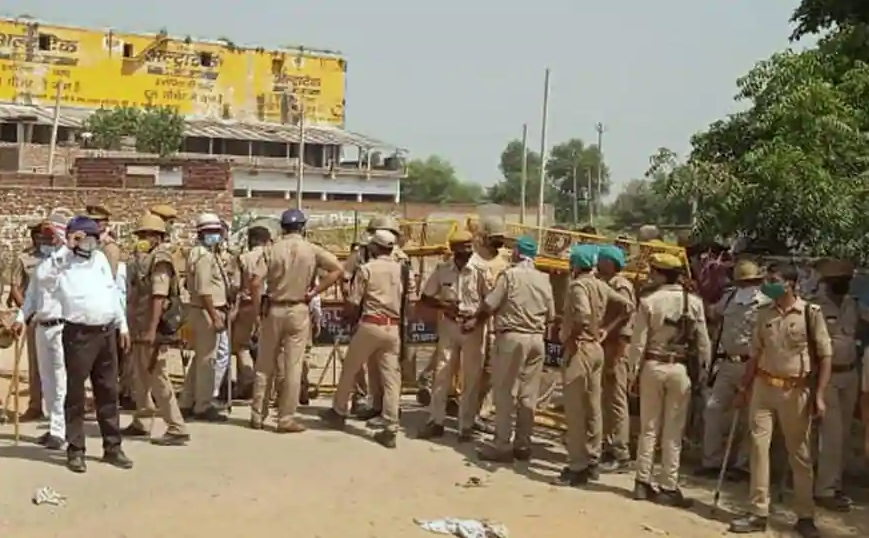
The incident took place on September 14. According to the victim’s family, she was working in a field along with her mother and brother, plucking grass. Her brother returned home with a bundle of grass while she remained in the field with her mother.
The mother and daughter were at some distance in the field. The mother realised after some time that the victim was missing. She went looking for her and found her in an unconscious state. The family said four people attacked her from behind, gagged her with her dupatta and dragged her to a bajra field where they gangraped her. Her neck was grievously injured, three neck bones at the tip of the spine broken, tongue cut, and gagged.
In such a situation, the first question is about the local police.
The mother has been quoted extensively in the media narrating how the local police misbehaved with them, not taking timely medical care for the injured girl specially when she needed oxygen support to breathe, trying to make it a mild issue, denying rape and denying that her tongue was cut. Hathras Police even tweeted that rape and tongue cut are not proven (while Safdarjung Hospital report later tells it to be wrong). If the police would have taken swift action with regards to the girl within the first three days, she could have been saved.
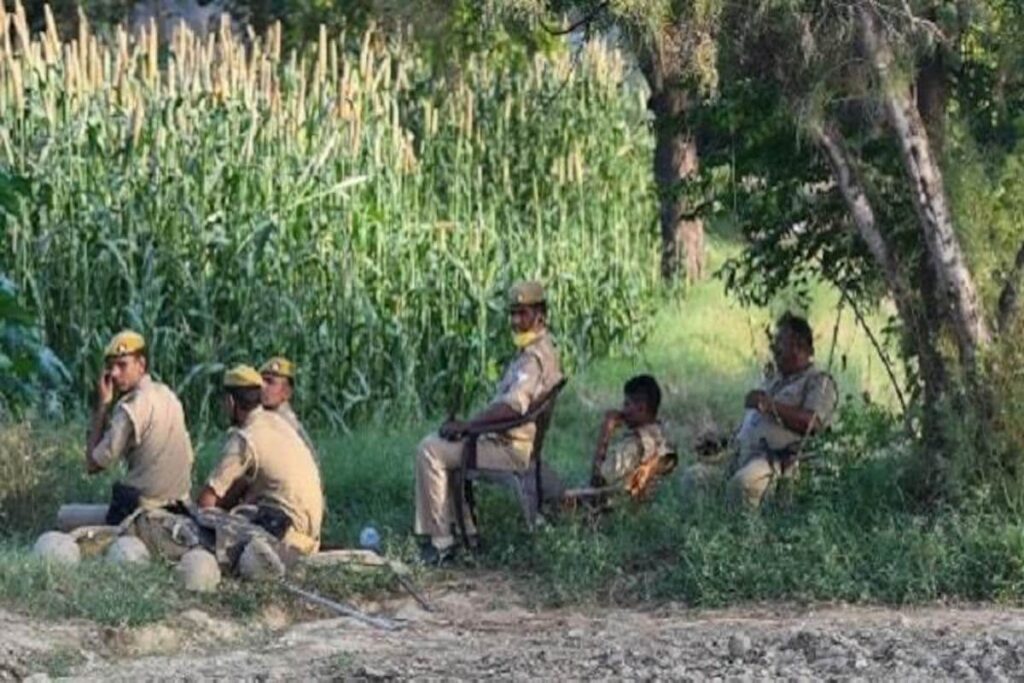
Second question is about the casteist response of a section of the local elite.
The police, under pressure from the people and a section of the local media, arrested four Thakur young men, Sandip, Ramu, Lavkush and Ravi. The local Savarn Parishad has now started a movement in Hathras to secure their release with the hope that the charge-sheet against them shall hopefully be at least diluted! It reminds one of the way in which a section of Kathua Hindus created ruckus to secure the release of the perpetrators of the crime against the child Asifa.
Third question is about the way the victim’s treatment was handled.
First she was not taken for any proper treatment locally. The victim was a few days admitted to the JN Medical College and Hospital in Aligarh. The doctors at the hospital had termed her condition “critical”. The family has said that they requested the police to shift her to the All India Institute of Medical Sciences (AIIMS) Delhi as her condition was extremely critical. But the police shifted her to the Safdarjung Hospital in Delhi, that too after the lapse of more than a week. The 19-year-old died in the hospital in midnight of September 29. Her family has blamed it on police inaction and lack of support.
Fourth question is about the way the case is shaping up for judicial action.
It is alleged that police has been preparing a weak case and deleted some of its tweets. The Kuldip Sengar’s case had already exhibited how the entire UP police and administration worked in tandem to weaken the case against the rapist legislator and his brother till the national uproar forced CBI action after which they were arrested. A similar situation is being alleged by many who are in the know of the things in this case, too.
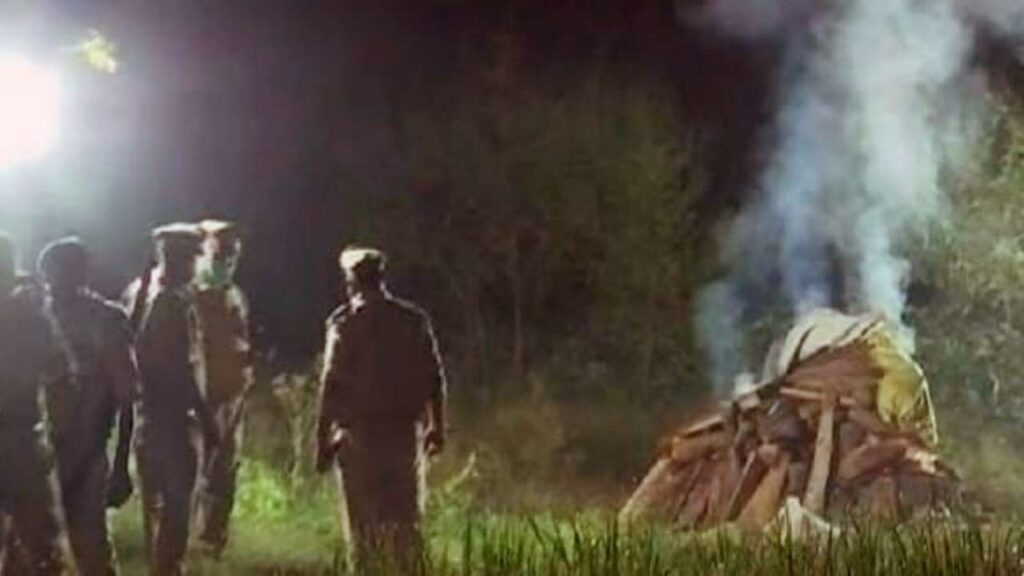
Fifth is the question about how the rulers have ‘responded’ to this so far.
There is no denouncing of this by the CM Yogi Adityanath who routinely speaks on every protest by some communities, or by the PM who routinely wishes birthdays to celebrities. No denouncing by the women welfare minister of Modi govt and the MP of Amethi Smriti Irani, not even an suo moto cognizance of the issue by National Commission for Women which showed alacrity in the cases of Kangana Ranaut’s and Payel Ghosh’s unproven allegations. The matter is already two weeks old.
Sixth is the question about the opposition political forces.
The news of her death two weeks after the gangrape and fatal assault led to a protest by Dalit leader Chandrashekhar Azad Raavan of the Bhim Army. A local political outfit, Azad Samaj Party, held a demonstration in Aligarh alleging dilly-dallying on part of the administration in making the arrests and shifting the victim to a better healthcare facility in New Delhi. Soon, bigger political parties including the Congress, the Bahujan Samaj Party (BSP) and the Samajwadi Party (SP) stepped up their campaign against the Yogi Adityanath government in Uttar Pradesh. However, till death there has not been a coordinated collection opposition protest and movement on the issue the way we witnessed in the Nirbhaya and Asifa cases, which if it was in time, could have triggered faster action by police and administration. Sadly, event a large section of the Twitterati has been debating more on the caste angle than on the heinous crime.
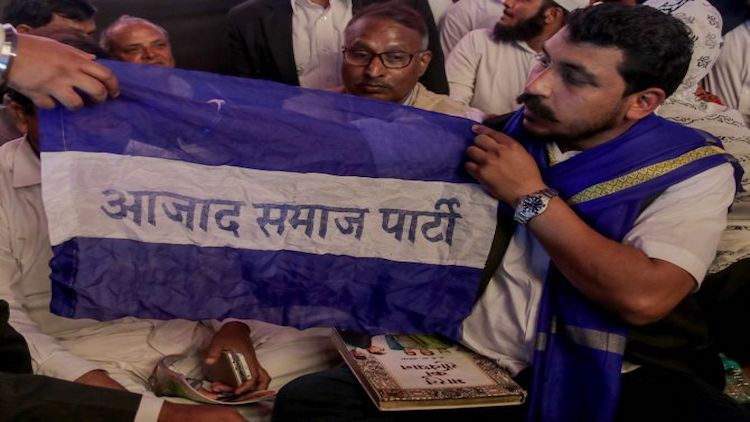
Seventh is the question how Delhi & UP Police has dealt with this issue after the death of the victim.
Journalist Tanushree Pande of India Today has given details of the Police action post the death of Manisha, blow by blow, and it is going viral now. Delhi Police ensured that the dead body is not given to the family in Delhi, and handed over to the UP Police. They even beat up social leaders who came with the family to receive the body. And UP Police ensured that cremation done earliest to avoid public outrage. UP Police even gave gyan, on camera, to the inconsolable family as to why let bygones be bygone, traditions change with time, and why the cremation must be done at the earliest so that there is social tension. The entire approach of the police just now is to avoid loss of face and not actually to ensure justice to the victim and her family.
Eighth question is surely on the media, specially the mainstream one, and more particularly the television media.
Media is today largely silent and more engaged with stupid Bollywood drugs case and some asking questions more to caste groups and opposition parties as to why they are politicizing it rather than to the rulers and police as to why did it happen in the first place! The outrage of Nirbhaya and Asifa cases is not to be seen even in the media. Their reporting, except for a few, has been extremely sketchy and inadequate so far, though it is yet to be seen how they take it up now on.
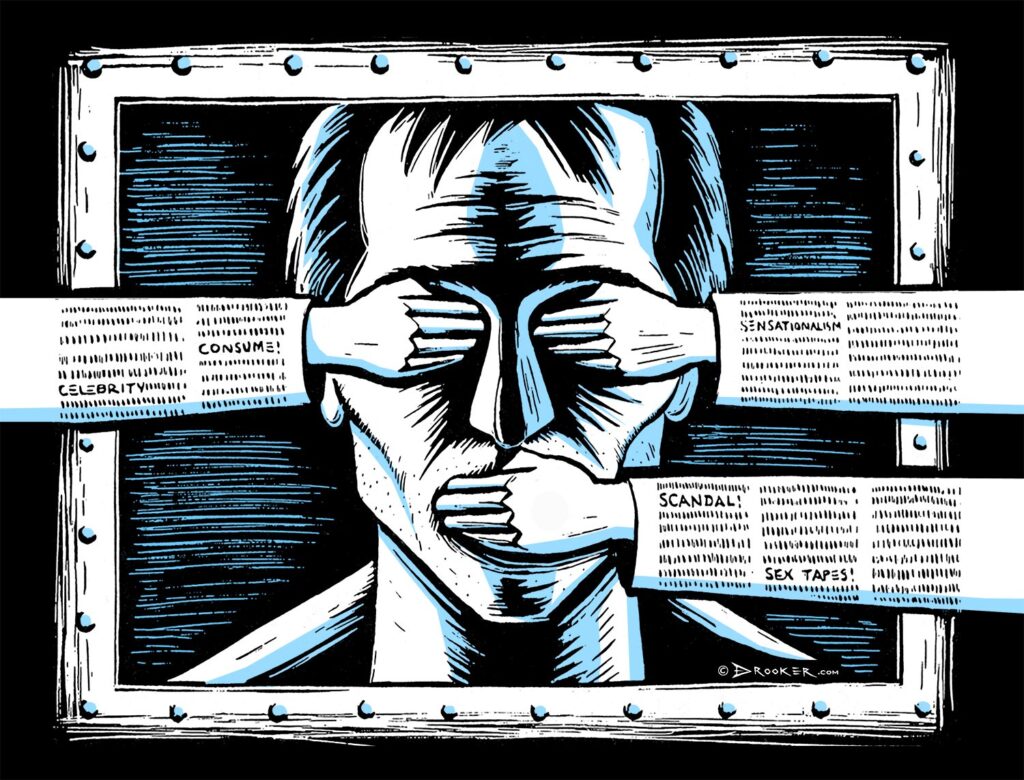
It’s a national failure. Apathy towards crimes against women, more so if they are poor and from so called lower castes, seems to be so much normalized in this nation, and more so in Hindi heartland, that it is numbing. The civil society for quite some time has been rendered silent, by the pandemic, by the economic woes, by the surveillance state, by the state repression on protests in recent times, and by the glaring lack of any collective will to stand against crime and oppression by state or non-state actors. And sadly so!
(The author is a columnist and an academic, currently working as the Pro Vice Chancellor of Kolkata based Adamas University. Views are Personal.)























